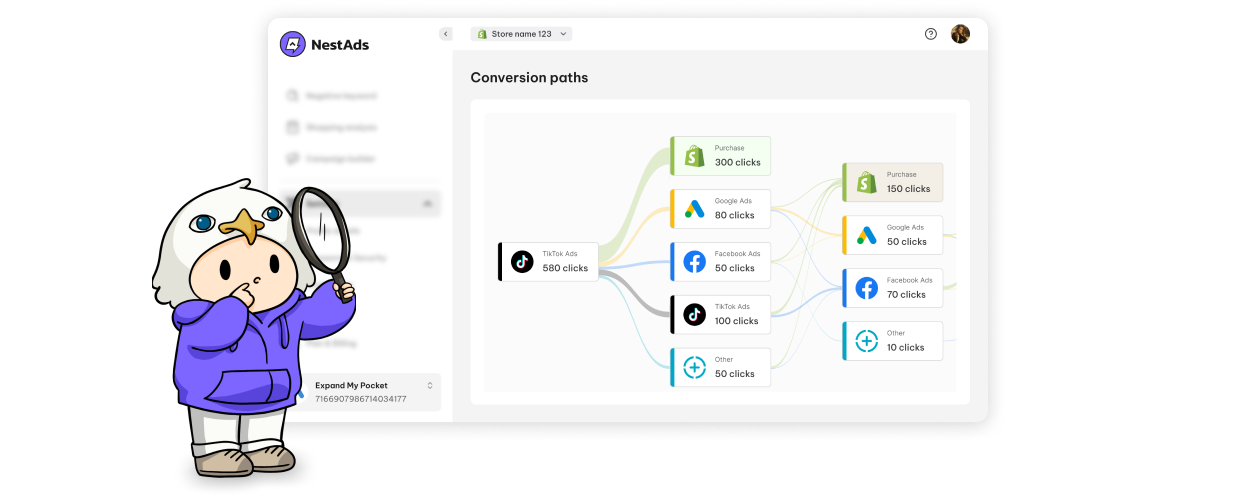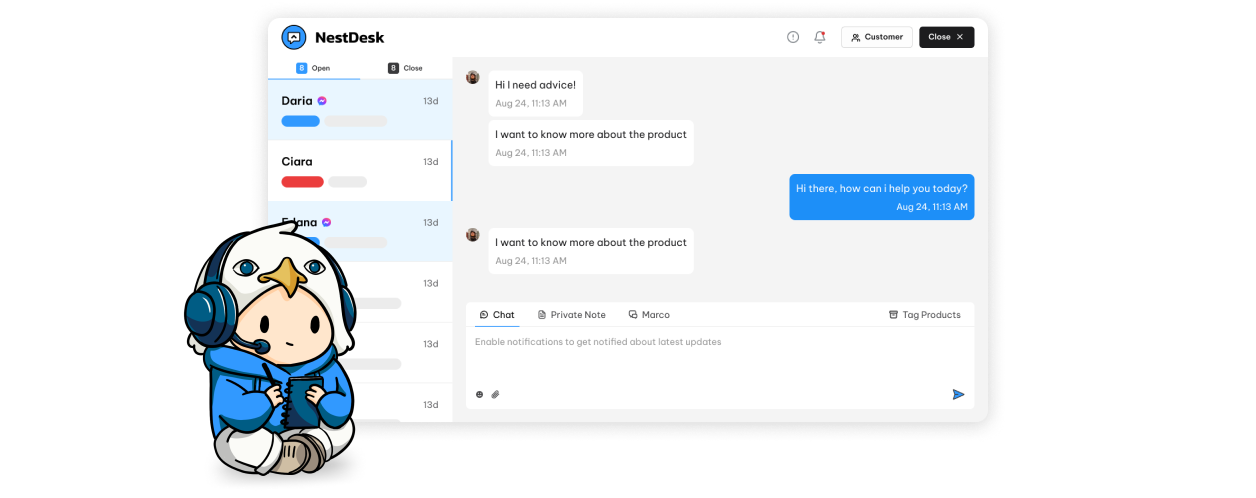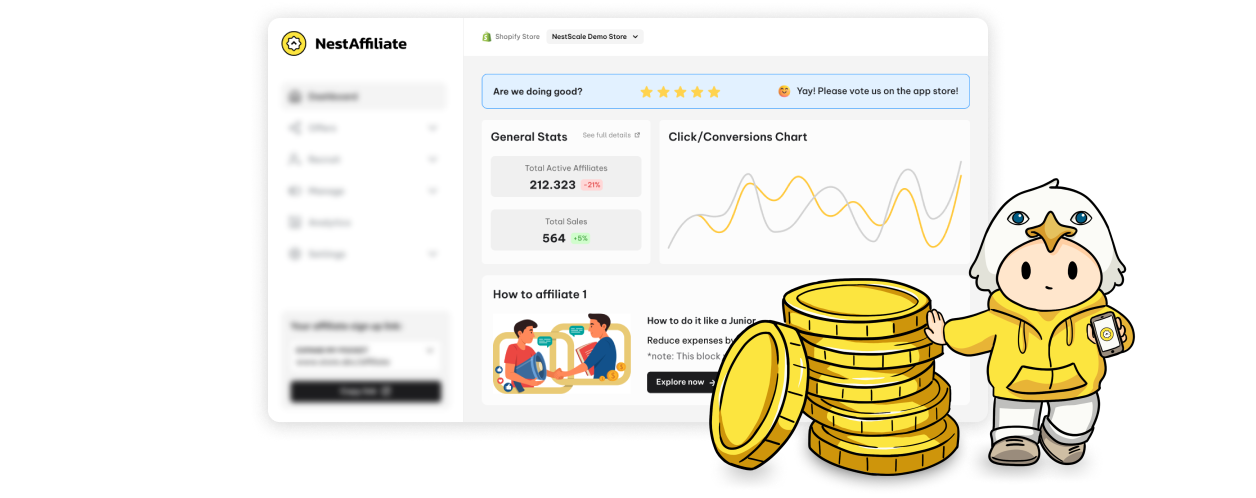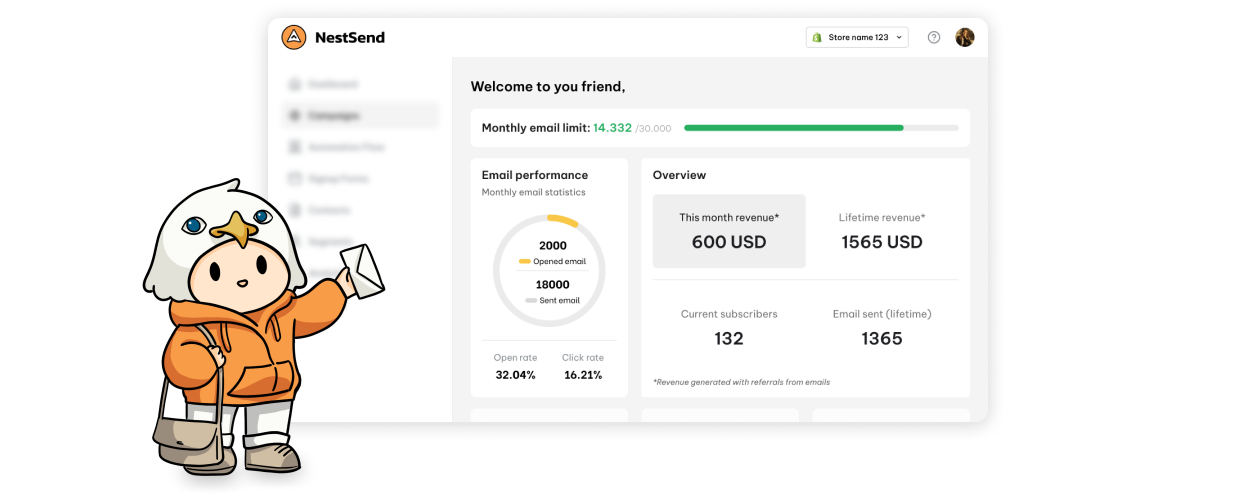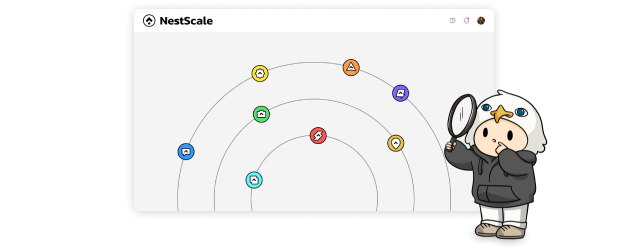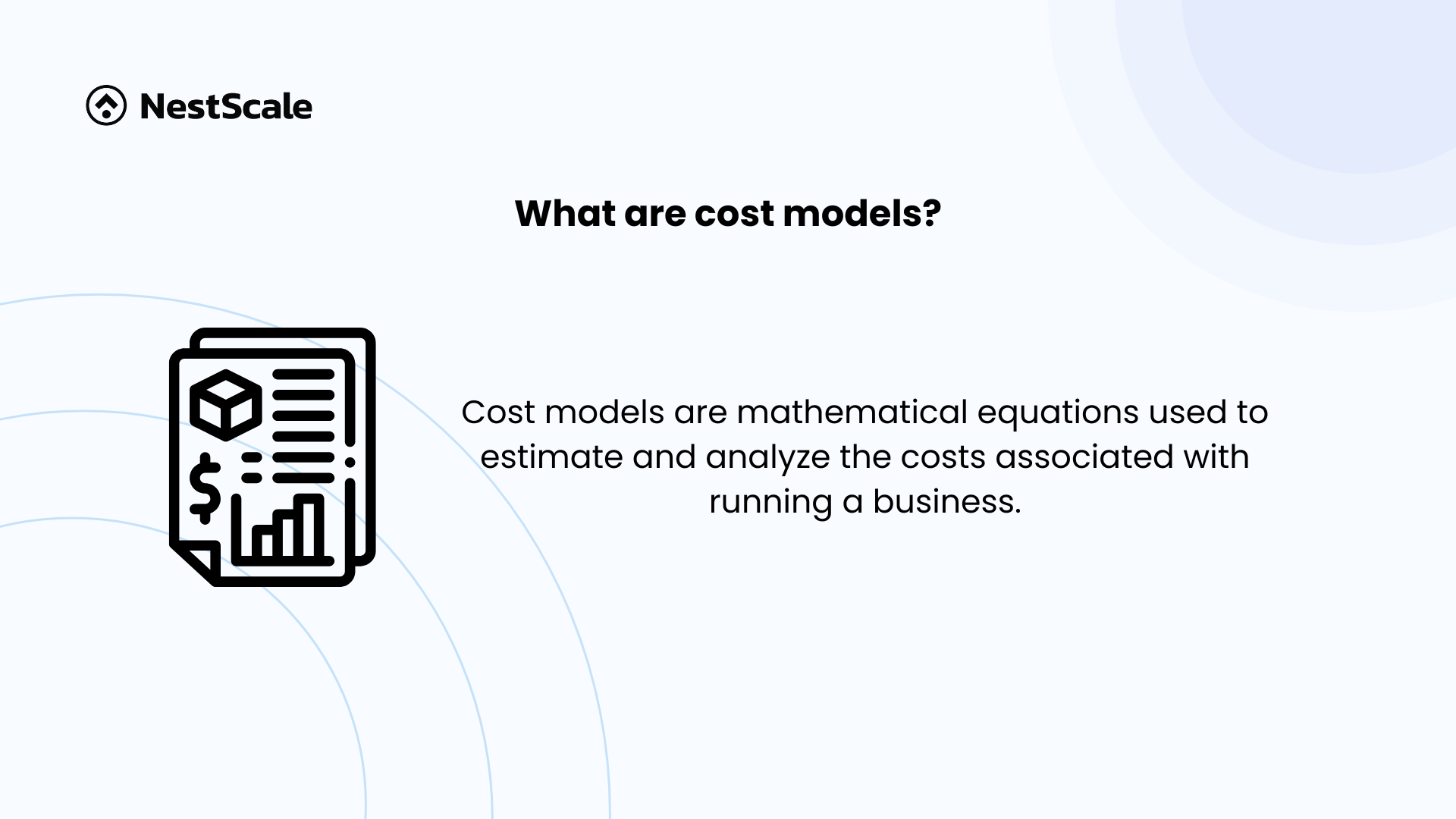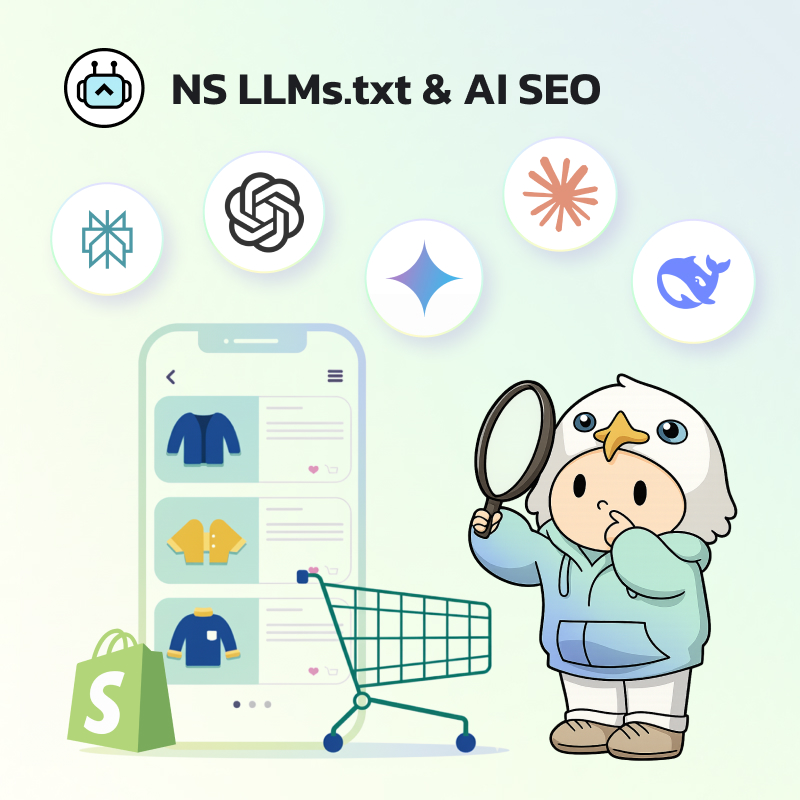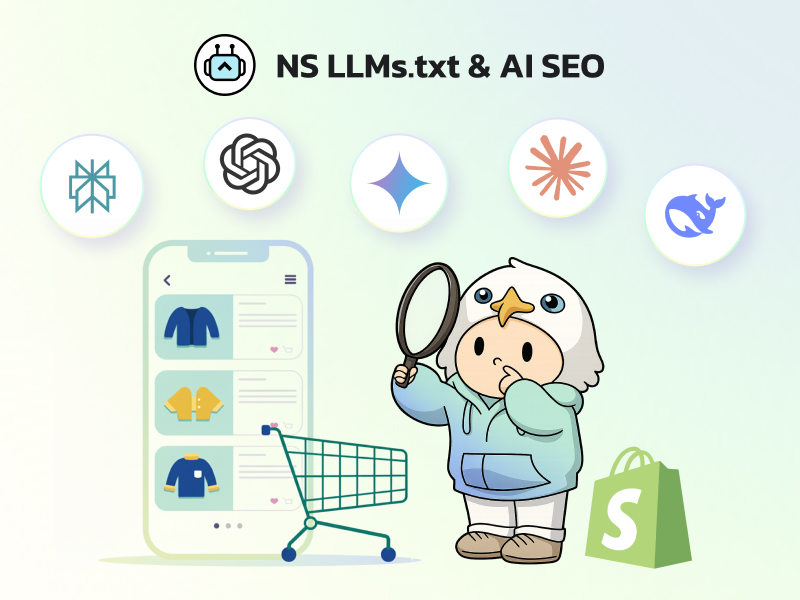What are cost models?
Cost models are mathematical equations used to estimate and analyze the costs associated with running a business. In e-commerce, these models encompass a wide array of expenses, including production, marketing, distribution, and administration.
They categorize expenses into two main types:
- Fixed costs: Expenses that remain constant regardless of sales volume, such as rent, salaries, and subscription fees for tools like Shopify.
- Variable costs: Expenses that fluctuate based on sales or production, including raw materials, packaging, shipping, and transaction fees.
By leveraging cost models, e-commerce businesses can gain a deeper understanding of their financial structure, enabling better decision-making and resource allocation.
The basic formula for cost models
The simplest formula for a cost model is: Total Cost = Fixed Cost + Variable Cost
However, as e-commerce businesses grow, this formula often expands to include nuances like:
- Direct costs: Costs directly tied to production or service delivery, such as raw materials.
- Indirect costs: Overhead costs like utilities and equipment maintenance.
- Overheads: General operating expenses that support business functions.
Let’s consider an online store selling customized t-shirts:
- Fixed costs:
- Monthly rent for a storage facility.
- Shopify subscription.
- Salaries of full-time employees.
- Variable costs:
- Printing materials for custom designs.
- Packaging supplies.
- Shipping fees and payment gateway charges.
Using the cost model formula, the business calculates its total expenses. With this information, they can set a price per t-shirt that covers costs and generates profit.
Why are cost models important in e-commerce?
They are invaluable for e-commerce businesses for several reasons:
- Product pricing: Understanding the total cost helps businesses set competitive prices that ensure profitability while appealing to customers.
- Budgeting and forecasting: Cost models allow businesses to predict future expenses, allocate resources efficiently, and prepare for financial fluctuations.
- Identifying inefficiencies: By analyzing expenses, businesses can pinpoint areas where costs can be reduced or optimized.
- Strategic decision-making: From scaling operations to launching new products, cost models provide the financial clarity needed to make informed choices.
Factors that influence cost models
Creating an accurate cost model requires considering various factors:
- Operational adjustments: Changes in production volume, shipping methods, or marketing campaigns.
- Market trends: Supply chain costs, inflation, and customer demand.
- Overheads: Taxes, insurance, and utility costs that impact overall expenses.
- External influences: Currency fluctuations, economic conditions, and technological changes.
Regular updates to your cost model ensure it reflects current realities and provides actionable insights.
Improving cost models for e-commerce success
- Leverage data analytics: Use tools to track and analyze costs in real-time.
- Categorize expenses: Separate costs into direct, indirect, and overhead categories for clarity.
- Optimize operations: Identify and eliminate unnecessary expenses.
- Monitor market dynamics: Stay informed about external factors that can impact costs.





